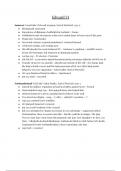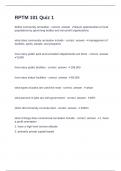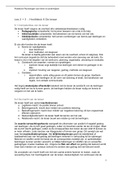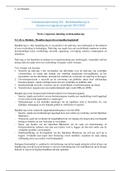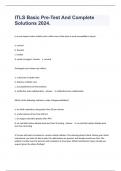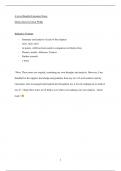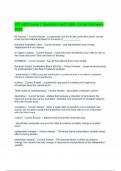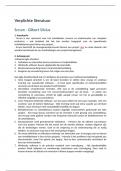Samenvatting
Edward VI Summary - Breadth study (1C) AQA A Level History
- Vak
- Instelling
Summary of Edward VI Oxford AQA A Level History textbook. Ready for exam memorising. Additional information on the areas textbook does not provide substantial facts. Organised topic by topic and divided into subsections within each topic. Detailed bullet-pointed notes.
[Meer zien]
